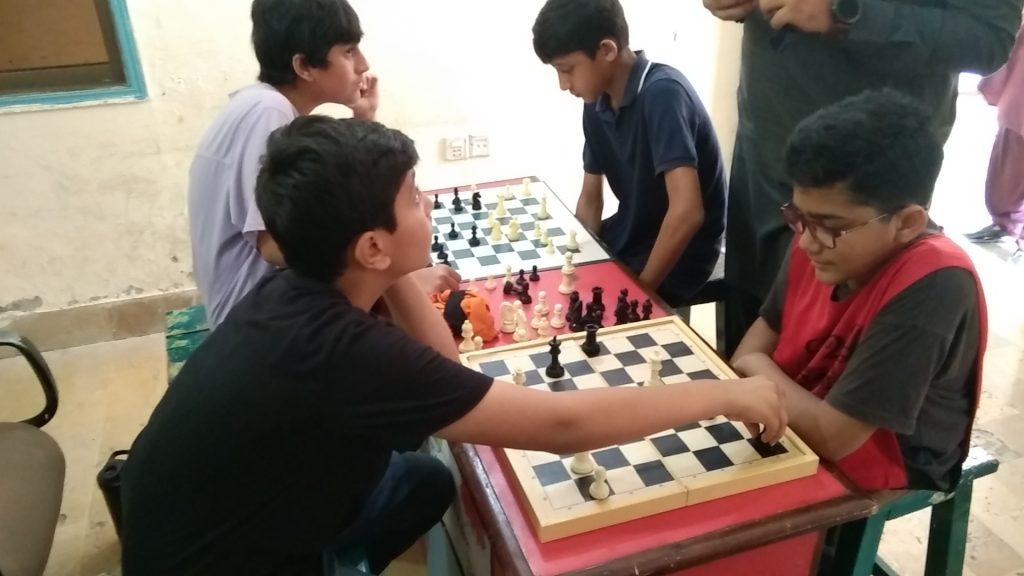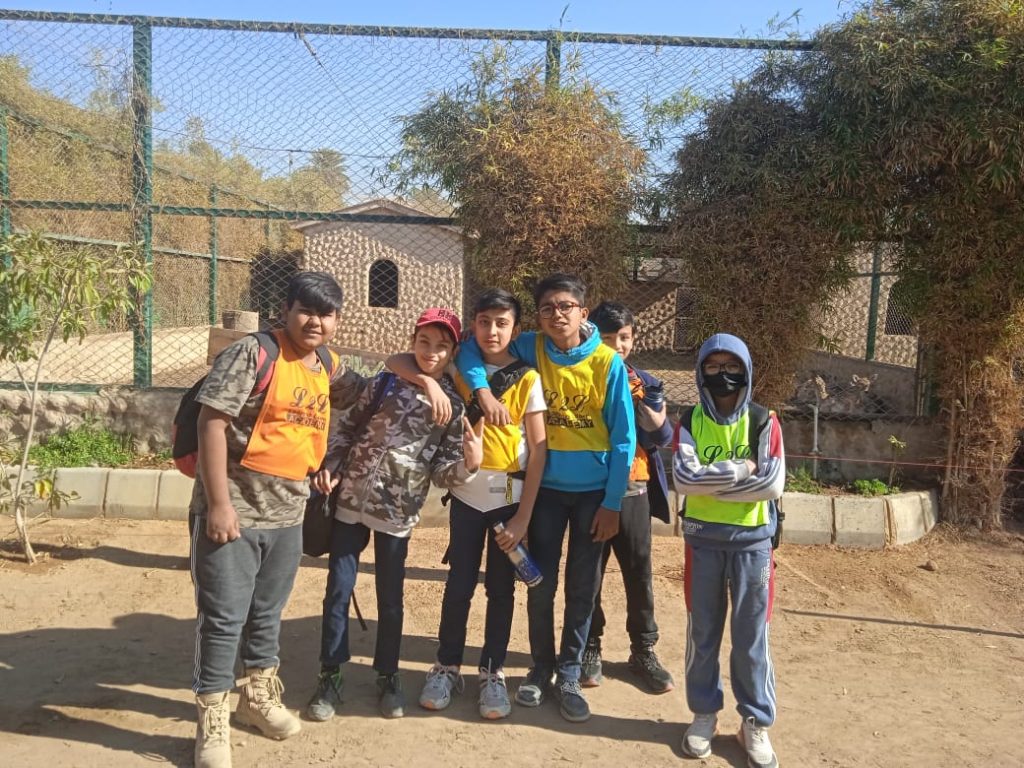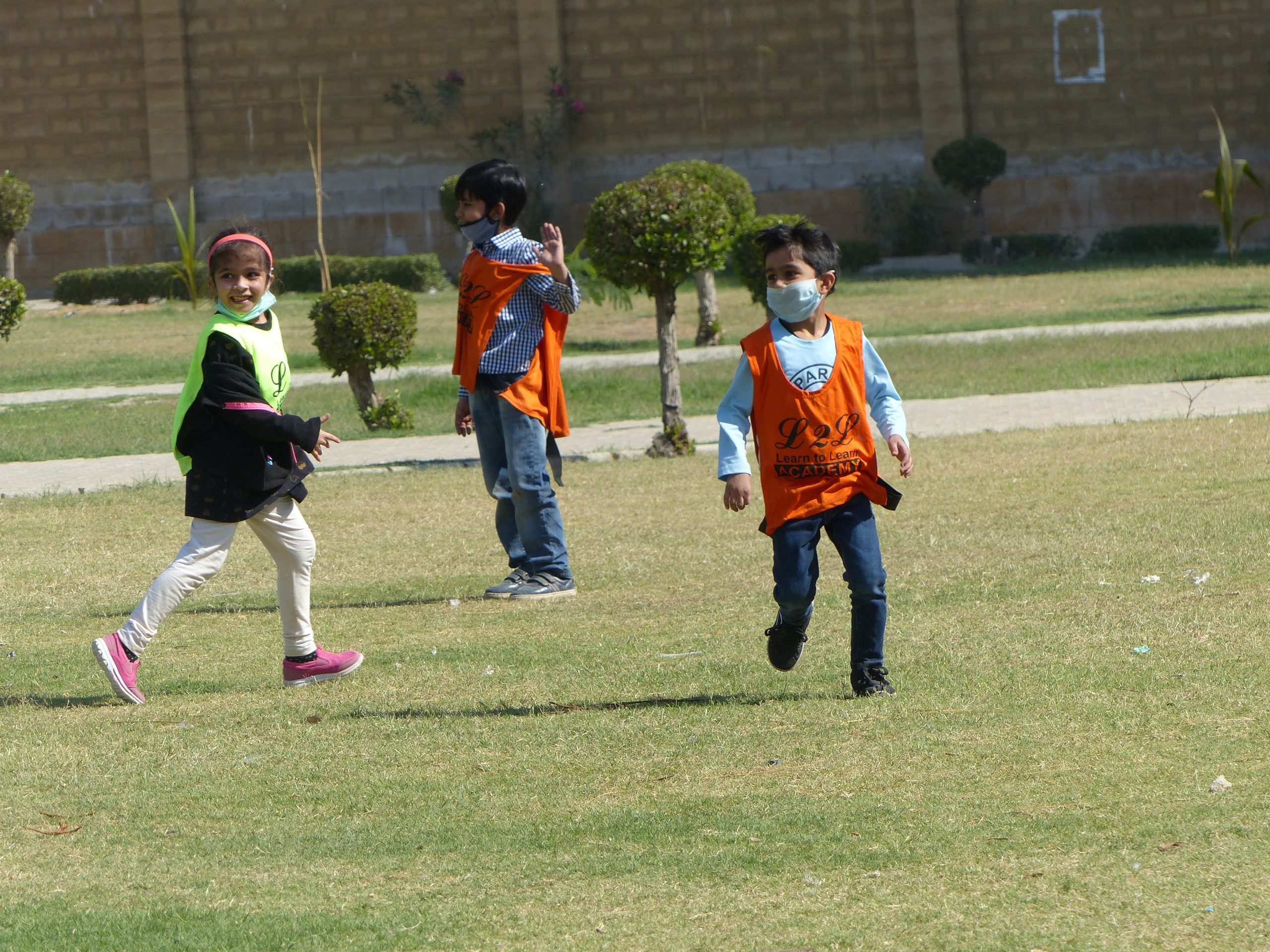Welcome to L2L Academy
L2L (Learn to Learn) Academy is a school with a state-of-the-art educational environment that encourages kids to enthusiastically engage in learning activities.
Project Based Learning
Learning becomes a thrilling discovery experience when students enage with real-life projects in the effort to produce tangible deliverables.


Intellectual Independence
Learners explore and research the methodology and the type of deliverables they would produce through their projects.
Group Learning
Group learning enhances inter-personal skills such as empathy, sharing, communication, leadership, initiative, competitive and sportsman spirit.
Learning that occurs in teams and groups provides confidence to undertake greater challenges.

Why Should You Choose L2L Academy
- You want your child to be a source of happiness and pride for himself, his family, and his community
- You want your child to be a visionary leader and a trail blazer.
- You want your child to be happy, curious and earnest about education and learning.
- You want your child to be an innovator and a thinker; not just a docile employee who has only learned to say “yes-sir“.
- You don’t want to be sitting in a typical Parent-Teacher-Meeting and being blamed for the performance of your child.
- You don’t want your child to be blamed for the deficiencies that you know are not there and were not there before he/she went to school.

Holistic Education
Learning is more effective when mind, body and spirit are fully engaged in the learning experience.
Multiple Intelligences
A child who learns to multiply easily is not necessarily more intelligent than a child who loves to do arts or play football.”


Emotional Independence
Kids learn in spurts of vigorous activity when they are interested and may jump across several grade levels in a few months in a subject.
Learning Areas
Multiple Intelligences

Library
Intellectual

Playground
Physical

Workshops
Spatial

Play with materials
Sensory

Verbal
Intellectual

Intra-personal

Interpersonal

Spiritual
About L2L Academy
The stimulating educational environment of L2L is a fun environment for learning. It encourages the students to learn on their own without coercion without the need for strict regimentation of classrooms. Designed for developing curiosity, the environment appreciates and nurtures the talents of children and enables them to aspire for excellence.
Our Mission
L2L mission is to instill in students a love for learning and enable them to become life-long learners.






